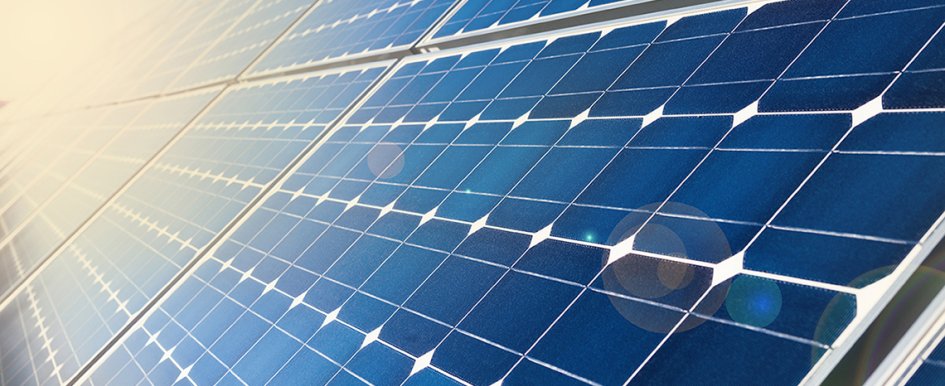
Looking at the numbers, it is safe to say there have been major strides made in the area of energy efficiency in recent years. According to the United States Green Building Council, the green building sector is set to outpace overall construction growth and is anticipated to contribute 1.1 million jobs and $75.6 billion in wages to the U.S. by the end of the year.
In addition to green construction’s direct benefits to the economy, the U.S. Green Building Council further notes its direct benefits to the tenants of those structures, with energy-efficient buildings lowering the overall daily costs of building operations year-over-year. LEED buildings report almost 20-percent-lower maintenance costs than typical commercial buildings, and green building retrofit projects typically decrease operation costs by almost 10 percent in just one year.
Clearly, as the nation continues to update and modernize its infrastructure, the construction industry has undeniably been at the forefront of a revolution to produce more environmentally sound and cost-effective buildings. Given this growing demand for energy-efficient structures, the industry is seeing a shift in priorities that construction firms can capitalize on through government incentives—namely the Energy-Efficient Commercial Building Deduction (better known as Section 179D of the tax code).
Section 179D: Background & Requirements
Section 179D is an incentive that was originally passed in 2005 as part of broader energy legislation. As buildings account for nearly 40% of the nation’s energy consumption, the deduction was designed as an incentive to address the largest national culprit of energy usage.
Originally only applicable to commercial building owners, the deduction was later expanded to benefit architects, engineers and construction firms that help lower the energy usage of government-owned buildings.
To claim the deduction, the architecture, engineering or construction (AEC) firm responsible for implementing the energy-saving enhancements must receive an allocation letter from the government-entity that owns the building. As government entities do not traditionally pay tax, the owners of these buildings can allocate the deduction to the firm responsible for the energy-saving enhancements.
Qualifying Systems
Energy-efficient improvements to the following systems can potentially qualify a construction company for 179D:
- Interior lighting
- Heating, ventilation and air conditioning (HVAC)
- Building envelope
Qualifying firms can receive an up to $1.80-per-square-foot tax deduction for eligible buildings placed into service from 2006 to 2016, with allocations by government entity-owned buildings eligible during open tax years. Also, any accrued tax deductions from these buildings can be carried back 2 tax years or can be carried forward for up to 20 years. Examples of government-owned buildings that traditionally qualify are:
- Schools
- State universities
- Libraries
- Town halls
- Airports
- Transportation facilities
- Post offices
- Courthouses
- Military bases
- Government offices
- Correctional facilities
Additionally, the enhancements to these systems must surpass ASHRAE 2001 standards for buildings placed into service before 2017—and ASHRAE 2007 standards thereafter.
Real World Value
To understand the potential value on the table for a construction company, let’s take a real-world example of the deduction in action. One contractor received in excess of $7.7 million in 179D tax deductions for the many projects that it conducted on qualified buildings from 2012 to 2017. The projects included the contractor redesigning the routing of ductwork throughout multiple renovations, adjusting locations of new HVAC equipment, and creating shop drawings to complete construction due to discrepancies found in the bid set of the construction drawings.
Legislative Forecast
Since its inception, Section 179D has proven to not only be sound energy policy, but a vital incentive for our nation’s designers and builders. After recently being extended for the 2017 tax year, the deduction is up for renewal once more and is projected at the moment to be part of an extenders package later this year. However, extending 179D will require help from the private sector in demonstrating the full economic potential of this deduction.
This past March, former U.S. Congressman Rick Lazio spoke before the House Ways and Means Tax Policy Subcommittee on the importance of extending 179D. Speaking on the incentive’s economic and societal benefits, Lazio advocated for Congress to extend the deduction for eligible building and design firms, and encouraged these businesses to show the importance of this incentive by claiming it to its full potential.
"Encouraging energy-efficient building significantly supports the policy goals of Congress of energy independence and energy efficiency for our nation, while at the same time reducing costs for both businesses and taxpayers," Lazio said.
With the future of 179D undetermined, construction companies should be taking the time now to quickly review their past projects to ensure that they are not overlooking any additional value—and claim the full incentive they are entitled to demonstrate to policymakers the importance of 179D.
